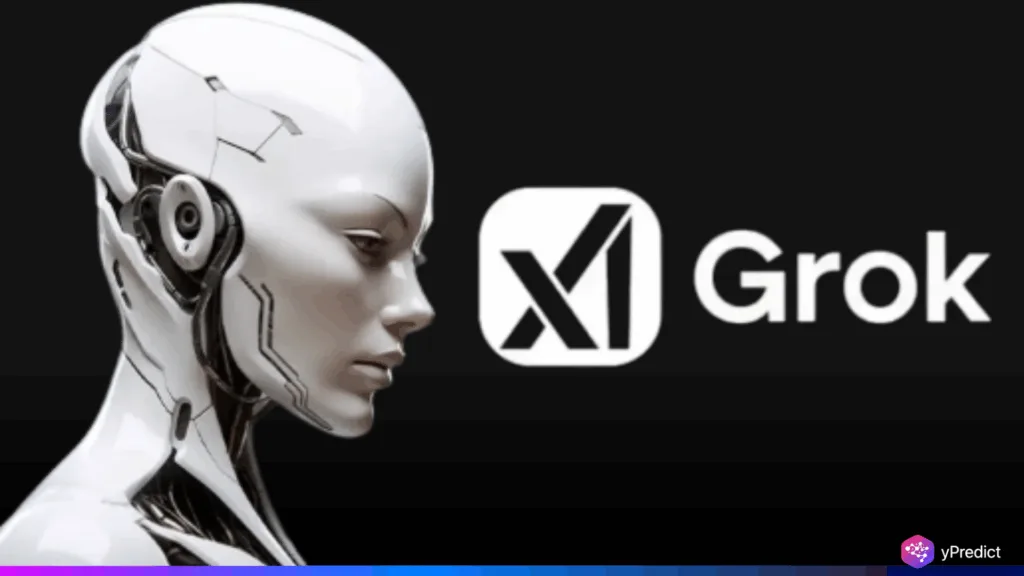
Elon Musk’s xAI has rolled out a major update to its Grok platform. The new unified model adapts dynamically to the intricacy of user inquiries. Additionally, Grok can now select the light or deep reasoning mode according to the question. It gives quick answers for simple prompts and deeper analysis for complex ones, unlike static AI systems.
Thus, this represents a significant advancement in AI assistant development, introducing intelligence that adapts to the task at hand. This feature is now accessible on Grok’s website, but it will soon be added to mobile apps.
The Unified Model Changes How Grok Handles Your Queries
The launch of Grok’s unified model marks a change toward AI assistants that are more intelligent and adaptable. Grok now takes control rather than asking users to select between basic and advanced modes. Additionally, it analyzes the question and provides a response based on its internal dynamic reasoning framework.
Users get prompt, succinct responses to basic prompts. Additionally, the system automatically transitions into a deeper reasoning process when presented with complex or layered requests. Grok self-determines its cognitive depth in the recently added “Auto” mode, demonstrating this capability.
A manual override allows users who want control to forcefully enter “Think Mode,” a “power-user feature” taken from Grok 4 Heavy. Thus, Grok can work together internally with several AI agents in this advanced mode to address complicated issues more deeply. Moreover, Elon Musk posted on X that users can auto- or manually trigger deeper reasoning in Grok with one tap.
The update aims to free users to focus on outcomes rather than setups by eliminating barriers from AI interactions. The redesigned interface’s Auto vs. Think toggle in the preview image suggests more interface enhancements to come.
What Makes Grok’s Reasoning Feel More Human Now?
xAI’s goal of developing AI that replicates human decision-making is also in line with this leap in dynamic reasoning. Musk has stressed that Grok should understand, not just react, and this update seems to achieve that objective. Therefore, xAI gets closer to being a self-regulating AI assistant by giving Grok the ability to “decide how much to think.”
Additionally, the business made hints about upcoming updates that might combine advanced logic systems with conversational fluency. Grok’s unified model may soon incorporate cross-query memory, emotional tone detection, or even customized problem-solving behavior. Additionally, developers suggest that the system could be expanded to facilitate cross-team collaborative workflows.
Is the Unified Model Grok’s Biggest Leap Forward
Grok’s move to a unified model defines a clear turning point in the AI race. This rare tech win-win enhances output accuracy while simplifying the user experience. Additionally, by incorporating dynamic reasoning into its foundation, Grok can now accommodate a greater variety of use cases.
Grok’s versatility puts it in direct competition with leading LLM interfaces. However, intelligence that understands when and how to think adds a novel twist. This feature has the potential to raise the bar for all current AI assistants as it expands across additional platforms.






